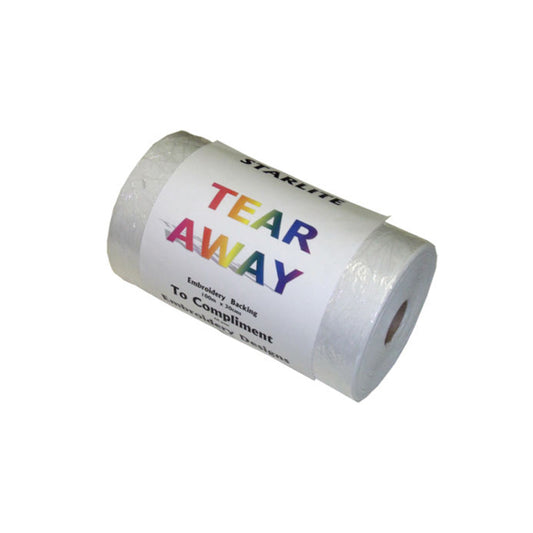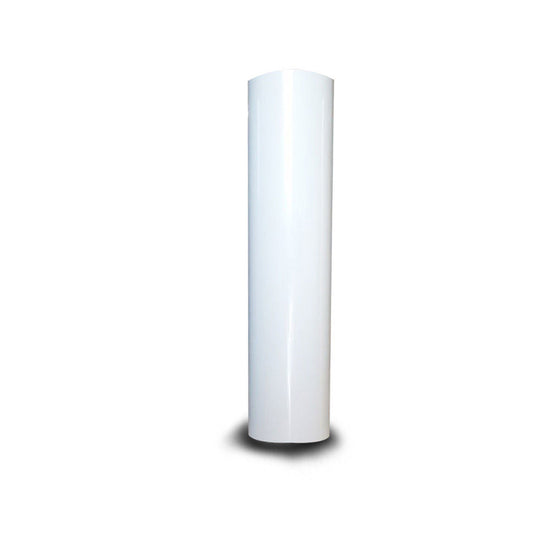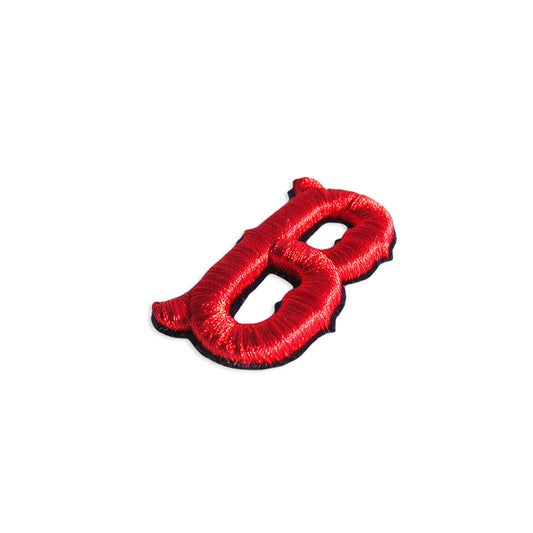Embroidery Backings
Basics for Commercial Embroidery Backings
Nearly every type of commercial embroidery has benefited by the explosion of different types of embroidery backings on the market. Backings also known as stabilisers, support the material during the stress of sewing on embroidery machines. In commercial embroidery, there is no rule for which packing is right for a particular fabric but an embroidery backing is recommended to get the best results.
A wide range of factors help you choose the right backing for your project:
- fabric stability and style;
- stitch density,
- length,
- speed and size of the embroidery;
- stability of the design and;
- the commercial embroidery machine you are using.
The wrong embroidery backing can leave you with loose, mismatched stitching that makes your work look poorly done.
Fabric stretch is perhaps the most significant factor in selecting the right embroidery backing. Regardless of the type of fabric, the backing must sufficiently stable to prevent movement while stitching. With the number of different fabrics and qualities of each type, you will need to experiment, especially when changing suppliers of blanks. Identical garments from different suppliers can behave differently in the commercial embroidery process.
The structure of the fabric, such as a weave or knit pattern, could be a better indicator of stability than judging by weight alone. Golf shirts are a perfect example of how the knit of the fabric determines which backing to use.

Backing and hoops go hand in hand
Proper hooping is also essential in commercial embroidery. Poor registration usually occurs from loose hooping or insecurely hooped products. This is not the fault of the backing, and using a higher hoop can provide a better grip on heavy or “slippery” materials.
Backing comes in a variety of standard pre-cut sizes and is remarkably inexpensive. Pre-cut backings start at 6” X 6” and cost somewhere around $0.03 per unit. Backing by the roll and cut to fit makes backing even more economical. However, for some production runs, the extra labour in cutting the backing to fit offsets the prudence of buying in bulk. Slightly higher costs can be justified by the time saved.
Six basic types of commercial embroidery backings:
1. Tearaway backings
Tearaway backing is the choice for many commercial embroidery shops. Designs are finished quicker, safer and less expensive with tearaway backings than of cutaway backings. A misplaced cut in one expensive garment from the removal process should forever sell you on tearaway backings. This type of backing is best for woven fabric, including denim, chambray, twill, nylon oxford and canvas.
It can be thin and wispy, or it can be thick and crisp. This is a good overall backing that can be used for most projects. Tearaway backing should be sturdy enough for repeated perforations. It should also pull cleanly and easily, no matter what direction. Most tearaway backings are sold in weights between 1 ½ to 2 ounces per square yard. The things to look for in a tearaway backing are easy and clean tears, perforation resistance and hoop stability.
To reduce chances of distortion, pull off the backing from as close to the design as possible. To eliminate distortion, some commercial embroidery shops use two layers of thin tearaway stabilizer. It may be a good idea, but it will increase both production time and expense.
2. Cutaway backing
Cutaway backings add extra stability for stretchable and delicate fabrics during commercial embroidery. They are primarily for fabrics that tend to push themselves into the throat plate. This sturdy backing is used for delicate and stretchy fabrics. While you are embroidering or sewing, cutaway backing provides you with a solid foundation, allowing you to make crisp, clean stitches.
Cutaway is great for holding the shape of your design on thin fabrics. This means you don’t have to deal with angry customers returning with sagging or distorted designs after just a few washes. Just be careful when cutting away the backing so you do not cut your fabric!
Most cutaway backings come in a range of weights, from 2 ½ ounces to an Ultra-Thick at 3 ¾ oz. per square yard.
The obvious danger with, working with cutaways is cutting too close to the design, damaging the design or the garment. This is why cutaway backings are better for designs not visible from the back of the garment. You can purchase cutaway backing from our store.
3. Peel and Stick backing
Adhesive backings, called “peel and stick,” are primarily for hoopless embroidery or areas difficult to hoop. Collars, cuffs and highly stretchable fabrics all use adhesive backing before the commercial embroidery process. Adhesive backings are also for materials that could leave hoop marks, like brushed denim and suede.
4. Poly Mesh backing
Mesh backing is for elegant design on ultra-sheer, thin, white or light coloured fabrics. It has a soft hand and does not show through, unlike heavier stabilisers.
5. Cap backing
Cap embroidery backing is a heavy stabiliser that tears cleanly to maintain the crisp lettering and columns common in cap designs. This is particularly useful for low profile or unstructured caps. As with cutaway backing, cap stabilisers can prevent the fabric and fibre of the cap from forcing down the throat of the machine. Folding the cap backing can help make a firm seating on rotating cap frames and prevent registration slips.
Most cap backing is a heavyweight, at 101.6 grams per square meter. Backing will maintain the proper tension on the bobbin thread. The permits the commercial embroidery machine to switch back and forth from flats to hats and back without changing the system settings.
6. Wash Away (Water Soluble) backing
This type of embroidery backing dissolves in water. This can be used on the top of or underneath your stitching. Use soluble backings on top of fabric that is fluffy or has thick loops like towels. This will keep your stitching from getting lost between the fibres, or the loops from poking through your design. It dissolves best in room temperature water.
If you are looking to purchase any type of commercial embroidery backing, you can do on our online store.



